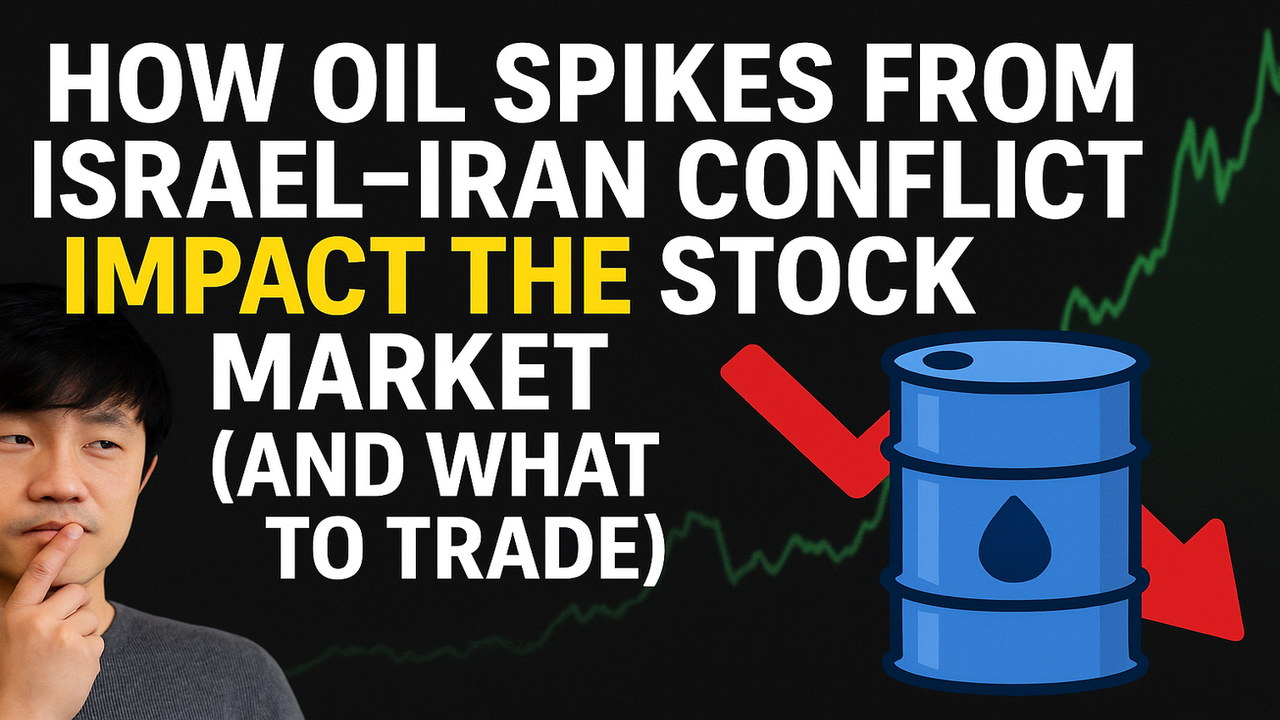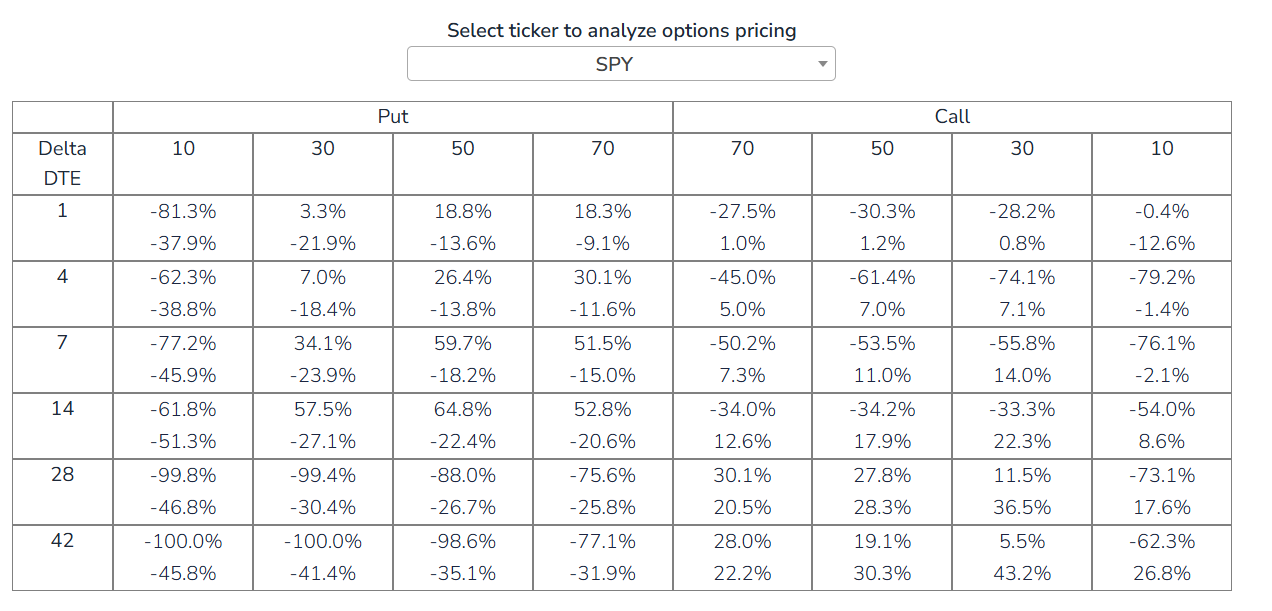
Discover how oil price spikes from geopolitical conflicts like the Israel–Iran tension, the 2019 Aramco attack, and the Russia–Ukraine war impacted the stock market. Learn which options strategies historically performed best during times of crisis using backtested data from Aion Finance.
In the wake of rising tensions between Israel and Iran, crude oil prices surged over 15% in just one week, reviving fears of energy market instability and renewed volatility in global equities.
This isn’t the first time oil has spiked due to conflict—and history can offer a roadmap for traders looking to navigate the chaos.
In this post, we dive into three past oil shocks, examine how markets responded, and use options strategy simulations to identify the most profitable trades in similar conditions.
📉 Why Oil Spikes Rattle Markets
Geopolitical events involving major oil-producing nations often create sudden imbalances in supply expectations. When markets fear a supply disruption, oil prices jump—and with them, inflation concerns, flight-to-safety behavior, and erratic stock price movement.
But not all oil shocks are created equal, and market reactions vary depending on the economic backdrop and policy response.
🕰️ 3 Historical Oil Shock Case Studies
1. Aramco Drone Attack (2019)
- 📅 Date: September 14–16, 2019
- 🛢️ Oil Jump: +15% over the weekend
- 📰 Context: Drone attacks on Saudi oil infrastructure
- 📉 Market Reaction: Short-lived dip, followed by recovery as trade talks with China resumed and markets looked through the shock.
2. Russia–Ukraine War (2022)
- 📅 Date: February–March 2022
- 🛢️ Oil Trend: Gradual rise into sanctions
- 📰 Context: Invasion + U.S. sanctions on Russian oil/gas
- 📉 Market Reaction: Volatility spiked amid an inflationary bear market. Oil peaked shortly after sanctions—a classic "sell the news" move.
3. Israel–Hamas Conflict (2023)
- 📅 Date: October 2023
- 🛢️ Oil Jump: +8% over the weekend
- 📰 Context: Surprise Hamas attack escalates regional instability
- 📉 Market Reaction: Market bottomed shortly after as Fed signaled a pause on further hikes, driving a strong Q4 rally.
📊 Methodology: What’s the Best Options Strategy During Oil Shocks?
To identify profitable trading strategies, we:
- Identified 5-day windows around each conflict event
- Simulated buying SPY calls and puts at multiple deltas (10, 30, 50, 70) and durations (1 to 42 DTE)
- Calculated profit/loss based on holding to expiration
- Aggregated results to find which delta/DTE combos performed best

💡 Key Insights
- Short-dated calls (under 7 DTE) tend to lose value — making them potential candidates for selling.
- At-the-money puts under 14 DTE had positive average PNL, especially when financed by selling deep OTM puts — ideal for short-term bearish trades.
- Gold calls outperformed SPY puts as a hedge during these shocks — suggesting gold may offer better asymmetric upside in crisis.
🔍 Conclusion: Trade the Chaos with a Data-Driven Edge
Geopolitical oil shocks don’t always lead to prolonged sell-offs — but they do create volatility and opportunity.
By studying how markets reacted in the past, and testing options strategies around those periods, traders can better position themselves with high-conviction, risk-aware plays.
When the headlines get loud, let the data guide your trades.




